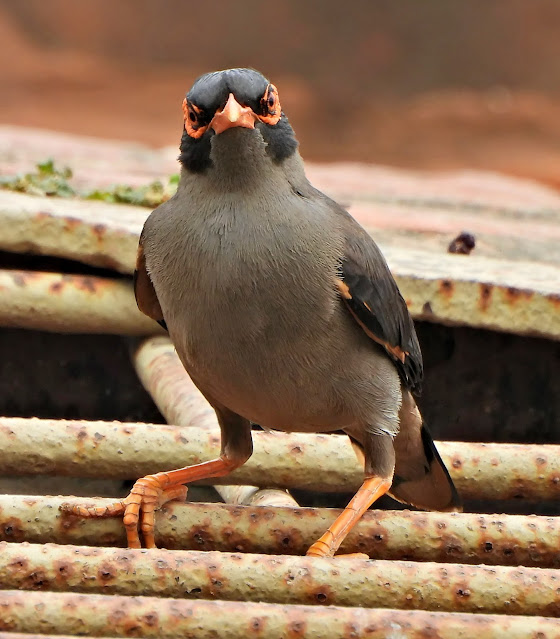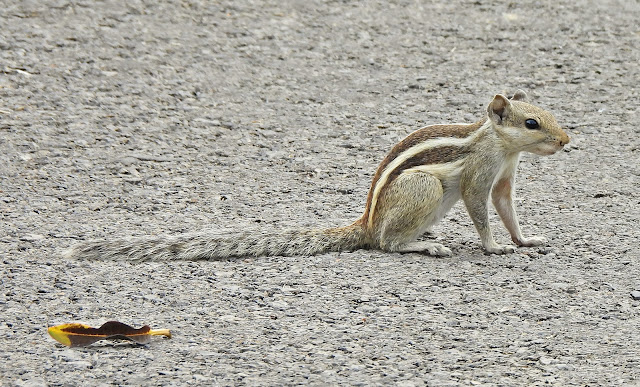The laced woodpecker (Picus vittatus) is a species of bird in the family Picidae.
It is found throughout Southeast Asia in the countries of Cambodia, China, Indonesia, Laos, Malaysia, Myanmar, Singapore, Thailand and Vietnam. A sole specimen recorded for Bangladesh has since been reidentified as a streak-breasted woodpecker.
The laced woodpecker (Picus vittatus) is a species of bird in the family Picidae.
It is found throughout Southeast Asia in the countries of Cambodia, China, Indonesia, Laos, Malaysia, Myanmar, Singapore, Thailand and Vietnam. A sole specimen recorded for Bangladesh has since been reidentified as a streak-breasted woodpecker.
Its natural habitats are subtropical or tropical dry forest, subtropical or tropical moist lowland forest, subtropical or tropical mangrove forest, and subtropical or tropical moist montane forest.
Typical green woodpecker, with a tea-green back, gray face, and solid black moustache stripe. Male has a bright red crown while female has a dull black one. Strikingly striped wings most readily seen in flight. Gives sharp, loud “kip” calls and more strident two-note calls during confrontations. In southwestern Thailand and southern Myanmar, look out for the similar Streak-breasted Woodpecker, which has a faded, indistinct moustache stripe in both sexes. Also compare with Streak-throated Woodpecker, which, as the name suggests, has noticeable streaking on the throat, as well as a more indistinct moustache stripe.
The laced woodpecker (Picus vittatus) is a species of bird in the family Picidae.
It is found throughout Southeast Asia in the countries of Cambodia, China, Indonesia, Laos, Malaysia, Myanmar, Singapore, Thailand and Vietnam. A sole specimen recorded for Bangladesh has since been reidentified as a streak-breasted woodpecker.
Its natural habitats are subtropical or tropical dry forest, subtropical or tropical moist lowland forest, subtropical or tropical mangrove forest, and subtropical or tropical moist montane forest.
%20Dinopium%20rafflesii)%2020.jpg)
%20Dinopium%20rafflesii)%2021.jpg)
%20Dinopium%20rafflesii)%2022.jpg)
%20Dinopium%20rafflesii)%2023.jpg)




%2020.jpg)
%2021.jpg)









%2020.jpg)
%2021.jpg)
%2022.jpg)

%2020.jpg)







%2020.jpg)
%2021.jpg)











%201.jpg)
%202.jpg)



